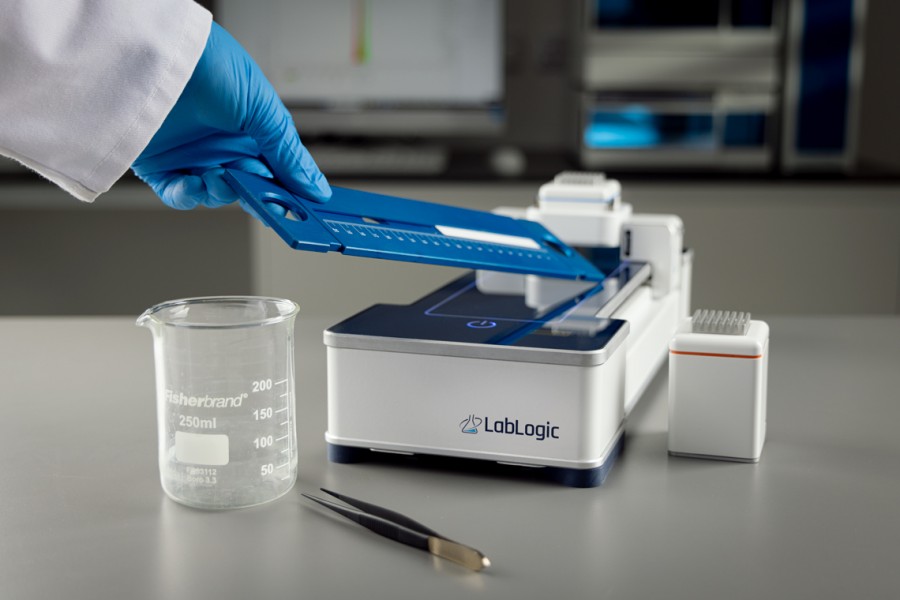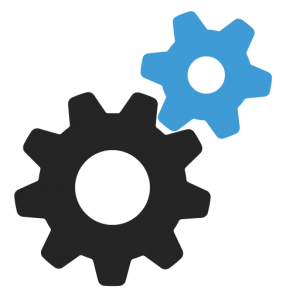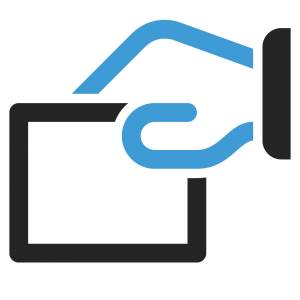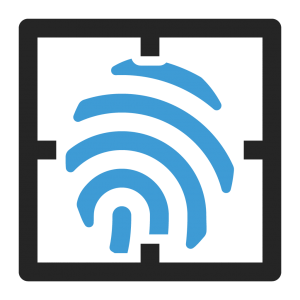Automation and Standardisation
Radio-TLC scanners can be automated, allowing for precise and standardised sample development. This reduces variability introduced by manual techniques such as cut and count methods.
25/01/2024

The introduction of LabLogic’s new radio-TLC scanner, the Scan-RAM 2, has sparked discussions on the evolution of radiochemical purity testing methods.
In the current landscape, conventional methods for monitoring radiochemical purity have been adequate, with cut and count being the primary approach, even though it presents limitations. Advancements in technology have brought radio-TLC scanners to the forefront due to various features and benefits, resulting in substantial improvements in practical testing techniques.

Radio-TLC scanners can be automated, allowing for precise and standardised sample development. This reduces variability introduced by manual techniques such as cut and count methods.

Quantitative data directly from the chromatogram is collected by a radio-TLC scanner. Cut-and-count involves physically cutting out spots and counting them separately. This manual step in cut-and-count introduces more opportunities for variability and error.

Cut-and-count involves handling of samples, increasing the risk of contamination and handling errors. In contrast, a radio-TLC scanner minimises sample manipulation, reducing the potential for introducing contamination.

Scanners typically require less time for analysis compared to cut-and-count methods, reducing the likelihood of external factors influencing the results over extended periods.

By adhering to the ALCOA (Attributable, Legible, Contemporaneous, Original, Accurate) principles, GMP compliant radiochromatography software provides a robust platform for maintaining data integrity and meeting regulatory guidelines in the pharmaceutical, nuclear medicine and manufacturing industries.

LabLogic’s radiochromatography software allows for specific pass/fail ranges to be set up in the software, taking the subjectivity out of interpreting the result by operators.

Unlike other radiochromatography software, LabLogic’s Laura incorporates a nuclide identification feature. Laura allows users to calculate the half-life of their samples, thereby determining the identity of the radionuclide involved without user manipulation.
For an in-depth comparison between the traditional cut and count method and the radio-TLC scanner, we invite you to read our latest application note by clicking the button below.
This site is available in the United States, would you like to view the United States version?